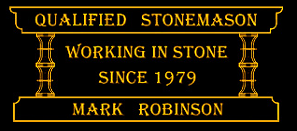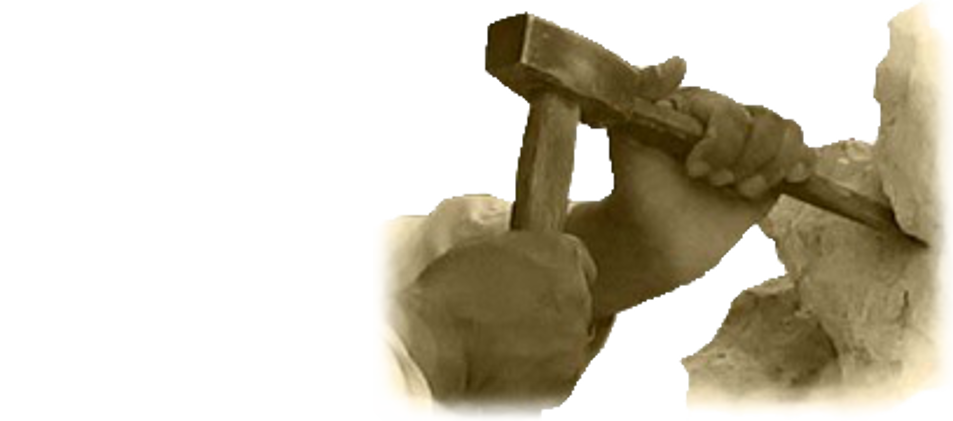The Old School House ~ Plympton St. Maurice, Plymouth.
Client : Private.

The Old School House is situated in the historic village of Plympton St. Maurice, on the outskirts of Plymouth. Although Plympton St Maurice is considered a village, it has a history for being a borough and stannary town. The date when the town was founded is not known but by the late Saxon period, it does seem to have become a very important regional centre. It’s mentioned in a charter of the West Saxon King Edward the Elder, dating to the period 899 – 909 AD. At the time of the Domesday, Plympton was a rural royal manor and by 1100 it was in the ownership of the de Redvers family, one of the richest families in the country. Although the date for the town’s creation is not clear, it is likely to have been in the earlier part of the 13th century. In 1328, Plympton Erle succeeded in becoming the fourth Dartmoor stannary town after Tavistock, Ashburton and Chagford, to which tin mined on Dartmoor was brought here to be weighed, tested and stamped. The ancient Stannary town is over-shadowed by its now ruined Norman motte-and-bailey castle and it still retains a cohesive medieval street pattern. A number of historic buildings in the local vernacular style of green Devon slate, limestone and lime-washed walls, with Dartmoor granite detailing, attest to all periods of its history. We were asked to carry out re-pointing to The Old School House.

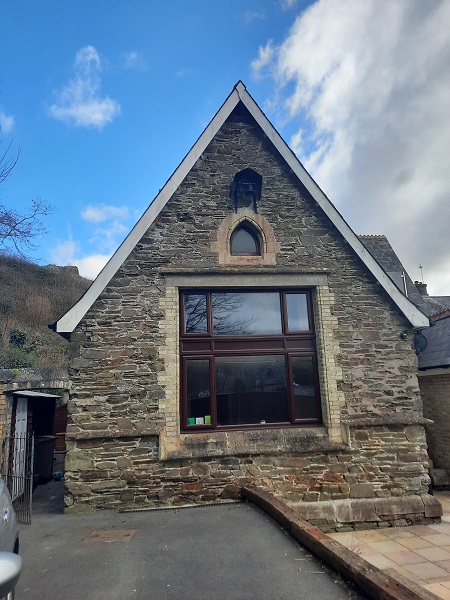
The Old School House was most likely built towards the end of the 19th century, but has now been converted into residential use. Built mainly of local slate, it has brick detailing around some of the doors and windows with sills of Portland stone. The detailing on other windows consist of Bath and Portland stone. The property had been re-pointed in the past using a cement based mortar. This was causing damp issues internally as the walls could not breathe. We first started hacking out the cement joints at the rear of the property.
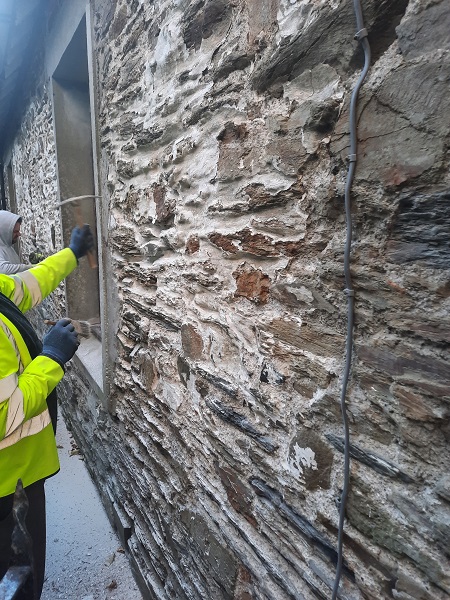
These were thoroughly flushed out with clean water to remove all dust and debris in preparation for the re-pointing.
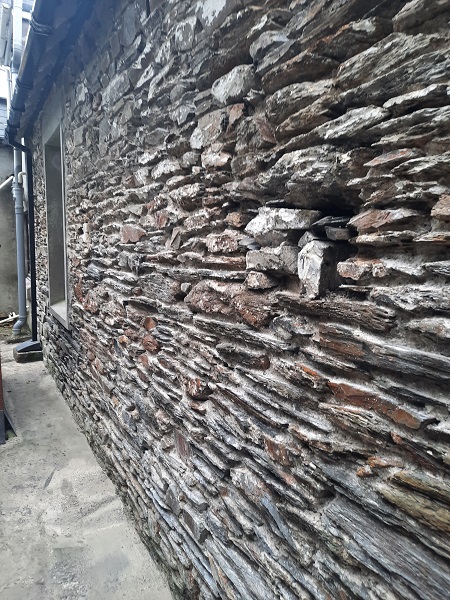


This was then re-pointed using a historic lime mortar.


We continued to hack out all the jointing around the building and re-point it all using the lime.
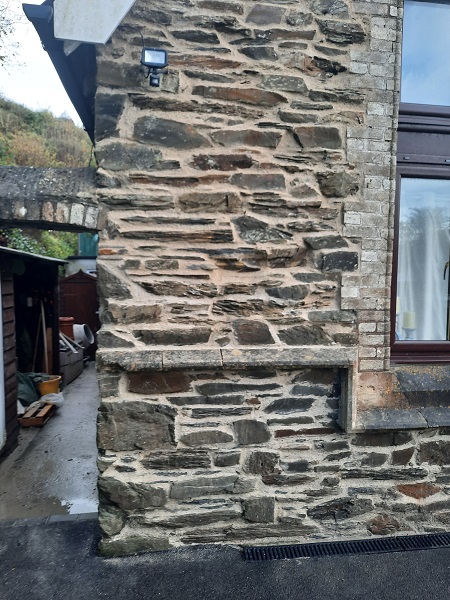
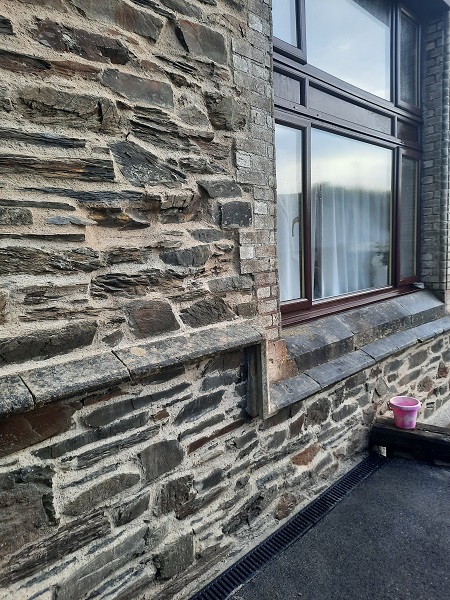


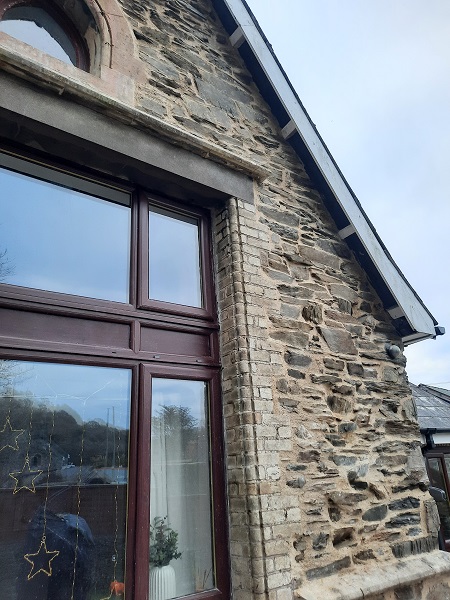
The original school bell was still fixed high up on the gable.

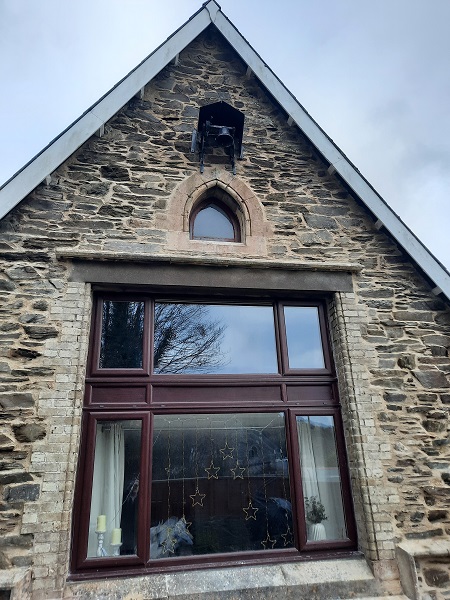

The area leading into the back door entrance was also re-pointed.
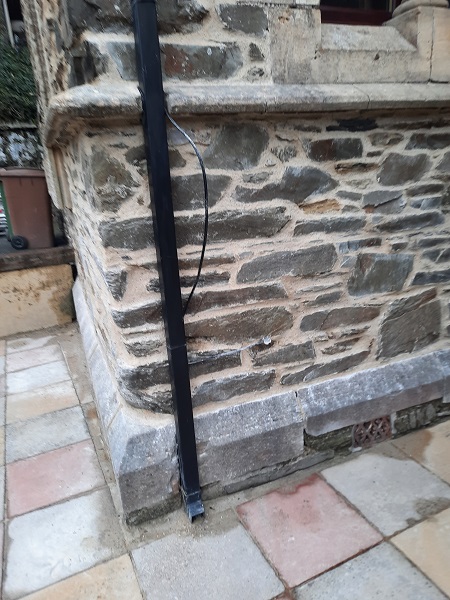
On this elevation there is a window consisting of two Bath stone columns, each topped with a Corinthian capital carved out of Portland stone.
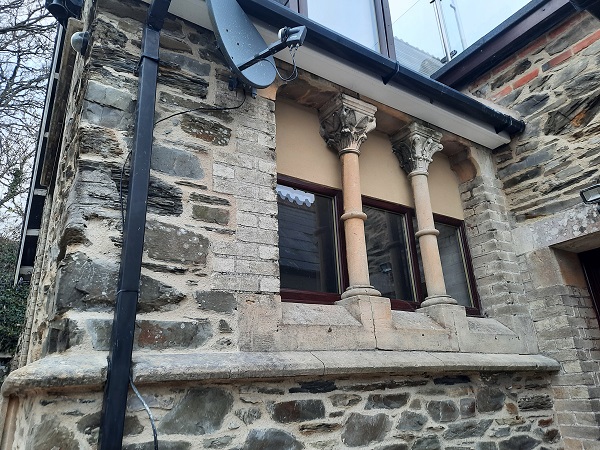

Up until now all work for the higher levels had been carried out on a tower scaffold. We had to re-point the front of the School House, but it was awkward getting a tower in position due to the boundary wall, so a proper scaffold was erected for us to gain access.

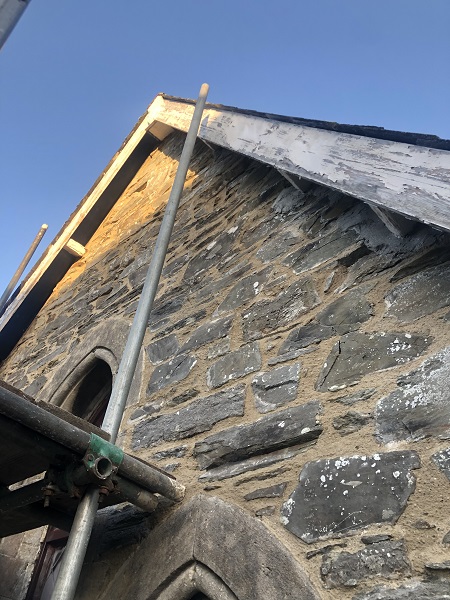

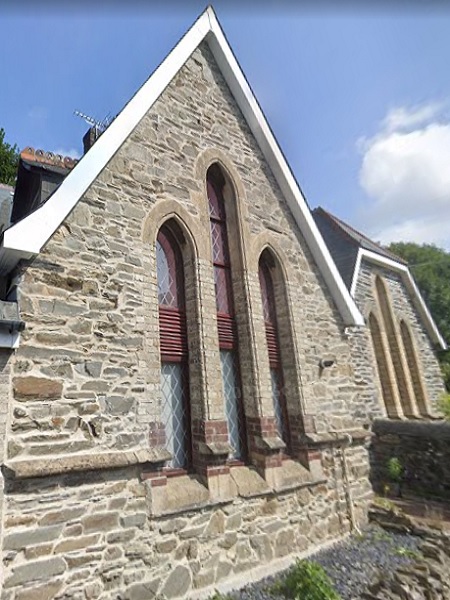
Surprisingly, The Old School House is not a listed building, considering how many properties in the village that are, but at the opposite end of the village is what was once the Plympton Free Grammar School. It was built in 1664, and that is Grade II listed.

Its most famous pupil was of course the English portrait painter Sir Joshua Reynolds who was born in Plympton and his father was the master here.

